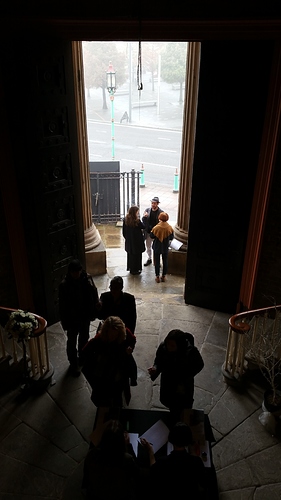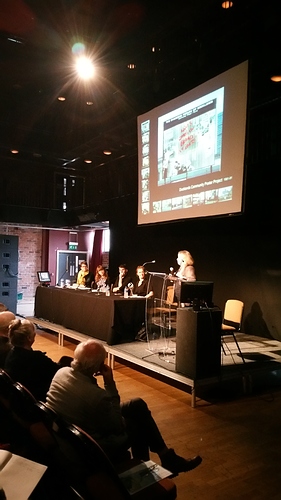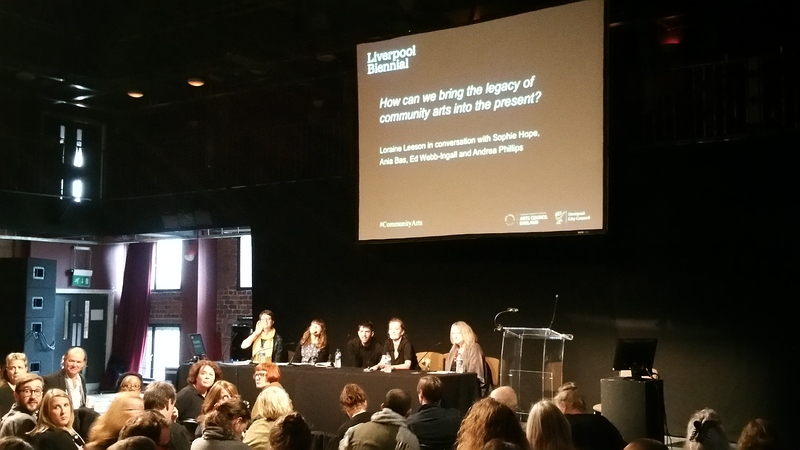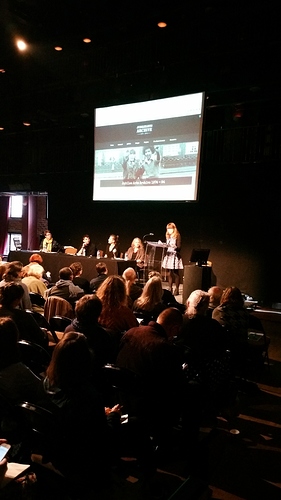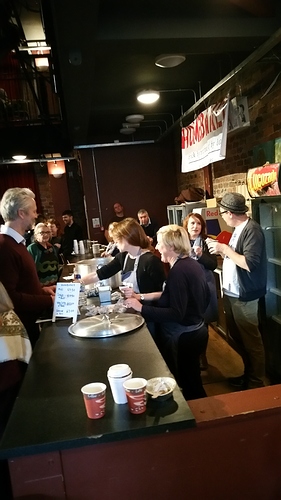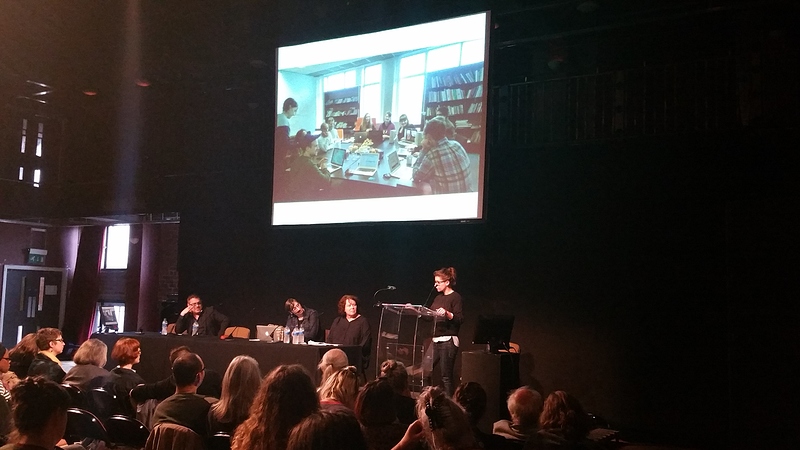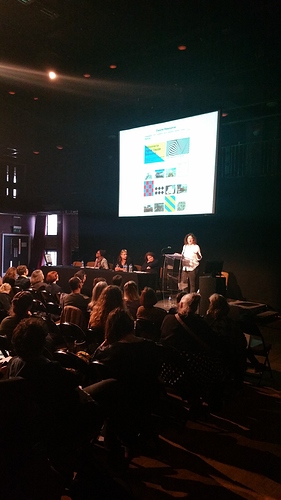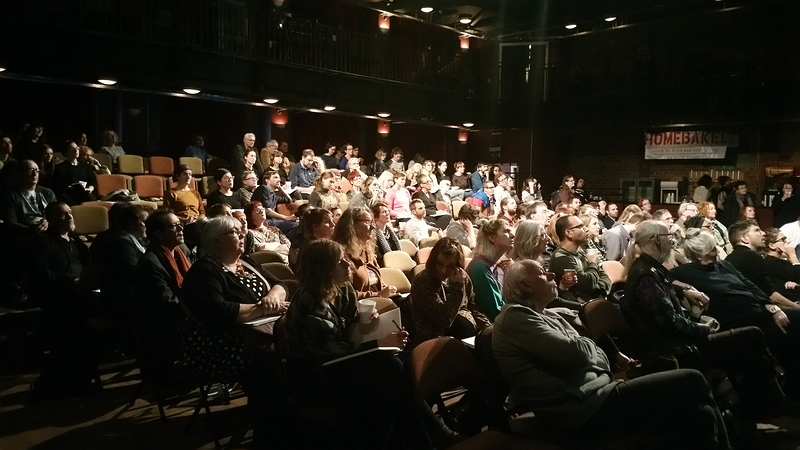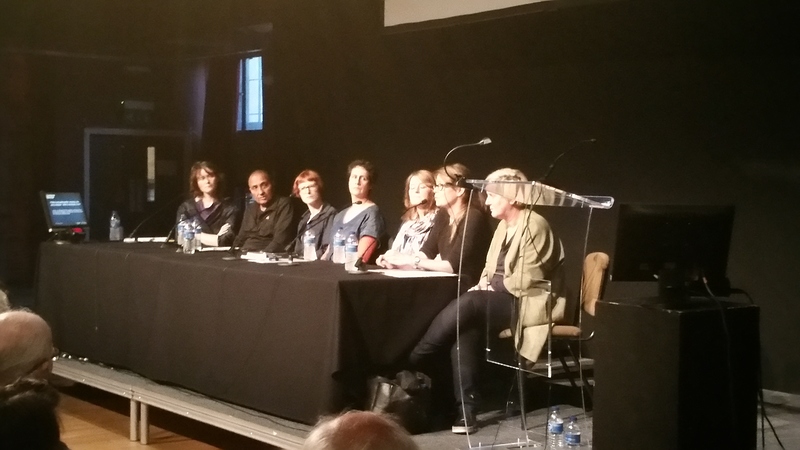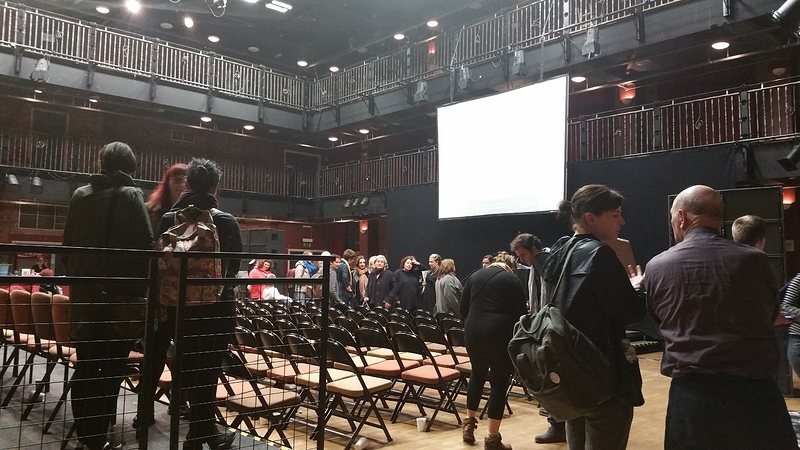
 #COMMUNITYARTS LIVESTREAM AVAILABLE HERE
#COMMUNITYARTS LIVESTREAM AVAILABLE HERE
e-flux conversations is pleased to present live coverage of Community Arts? Learning from the Legacy of Artists’ Social Initiatives, a conference on art and social initiatives following the Visible Award temporary parliament in Liverpool. The inimitable Emma Sumner (@emma_sumner) will once again take the liveblog helm.
Community Arts? Learning from the Legacy of Artists’ Social Initiatives is a day-long conference on Sunday 1 November convened by Liverpool Biennial and Andrea Phillips, in association with Visible Award 2015 and Tate Liverpool.
Distinguished thinkers and practitioners from the field of community arts have been brought together to discuss the legacy of such practices in light of a renewed interest in socially engaged art. The conference will re-open conversations and instigate new ones, ensuring that important work undertaken in the 1970s and 1980s continues to resonate. The event takes place at The Black-E, the UK’s oldest community arts project.
Speaker highlights include Turner Prize nominees Assemble co-presenting with Joe Farrag from Granby 4 Streets Community Land Trust in Liverpool; Wendy and Bill Harpe presenting on the history of the Black-E; Laura Raicovich, President and Executive Director of the Queens Museum in New York; Frances Rifkin, Artistic Director of Utopia Arts and director in political and community theatre.
Official hashtag: #CommunityArts
 Full schedule and speakers
Full schedule and speakers
10.30-11.00 Registration
11.00-11.15 Introduction and welcome: Sally Tallant and Andrea Phillips
11.15-11.45 Introducing The Black-E: Wendy and Bill Harpe
11.45-12.20 What is at stake in community practice? What have we learned? Wendy Harpe, Frances Rifkin, Alan Read, chaired by Jason E. Bowman
12.20-13.05 How can we bring the legacy of community arts into the present? Loraine Leeson in conversation with Sophie Hope, Ania Bas, and Ed Webb-Ingall, chaired by Andrea Phillips
13.05-14.00 Lunch by Homebaked
14.00-14.45 What kind of organisations do we need to develop to work with communities and how does this affect how we reimagine galleries and museums? Nato Thompson, Anna Colin, Anna Cutler, chaired by Sally Tallant
14.45-15.25 How can we learn from the practices of the past and develop new models for the future without losing our values? Sonia Boyce, Laura Raicovich, Polly Brannan, chaired by Janna Graham
15.25-15.40 Coffee break
15.40-16.25 Politics and participation: housing, arts and Liverpool – what is necessary here? Jeanne van Heeswijk with Britt Jurgensen and Angela McKay, Homebaked; Fran Edgerley, Assemble with Joe Farrag, Granby Community Land Trust; and Nina Edge, chaired by Rosie Cooper
16.25-16.45 Screening: And On the Eighth Day, Granada Films, 1969 (23 mins) introduced by Wendy and Bill Harpe
16.50-17.00 Closing remarks: Sally Tallant and Andrea Phillips
*Image caption: Koo Jeong A x Wheelscape, Evertro, 2015. Photo: Pete Carr, via Liverpool Biennial
